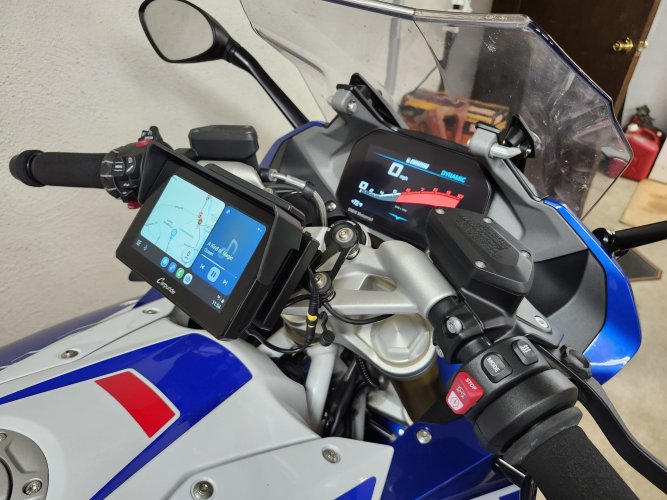jharpphoto
Member
I'm in the "research" phase of a new navigation unit for my 2024 RT. I don't have the connectivity issues that many experience w/ the BMW connnected app luckily. I am considering a stand alone nav unit however and know many like the Garmin Zumo. I would be interested in hearing suggestions from you on Nav units. The Zumo looks pretty cool to me but I'm sure there are many others to consider. Any suggestions would be much appreciated.



